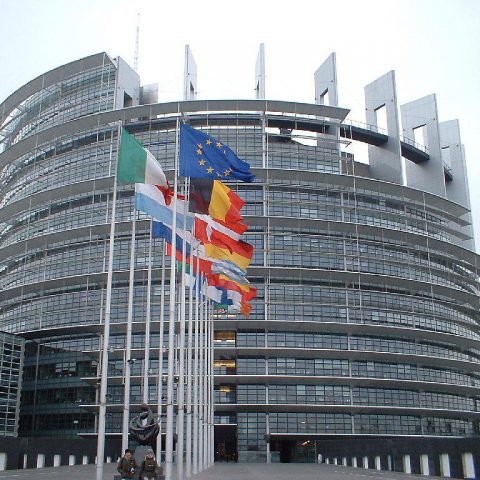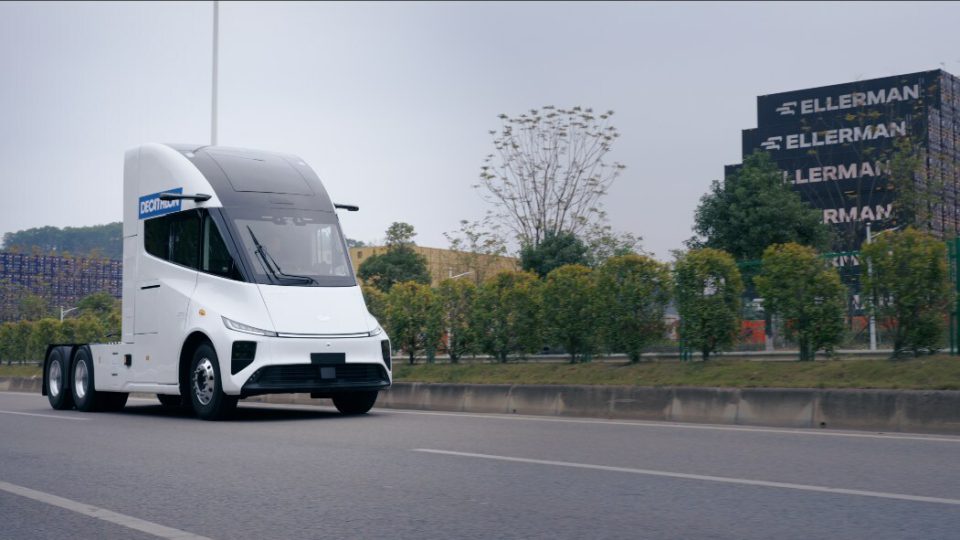EU Climate Law: a stronger commitment on climate neutrality by 2050. Cities and regions crucial to support new mobility
The new EU Climate Law increases the EU’s 2030 emissions reductions target from 40% to at least 55%. This transforms the European Green Deal’s political commitment to EU climate neutrality by 2050 into a binding obligation, giving European citizens and businesses the legal certainty and predictability they need to plan for this transition.

The new EU Climate Law increases the EU’s 2030 emissions reductions target from 40% to at least 55%. With the contribution from new carbon sinks it could raise to 57%. In the last few days, MEPs have confirmed deal on climate neutrality by 2050, with 442 votes to 203 and 51 abstentions. As a matter of fact, it transforms the European Green Deal’s political commitment to EU climate neutrality by 2050 into a binding obligation, giving European citizens and businesses the legal certainty and predictability they need to plan for this transition.
EU Climate Law: ambitious targets in view of 2050
There’s more, indeed. The new EU Climate Law increases the EU’s target for reduction of greenhouse gas emissions by 2030 from 40% to at least 55%, compared to 1990 levels.
By 30 September 2023, and every five years thereafter, the Commission will assess the collective progress made by all EU countries, as well as the consistency of national measures, towards the EU’s goal of becoming climate neutral by 2050.
Additionally, given the importance of independent scientific advice, and on the basis of a proposal from Parliament, a European Scientific Advisory Board on Climate Change will be set-up to monitor progress and to assess whether European policy is consistent with these objectives.

The role of cities and regions in the EU
All this will clearly have direct and important consequences on the future mobility in Europe. According to the European Committee of the Regions, to successfully reshape the European transport sector and make it more sustainable, cities and regions in the EU must put greater emphasis on encouraging zero emission mobility, promoting active and shared modes of transportation, re-shaping urban mobility and better connecting rural areas.
«In 2017, transport accounted for 27% of the EU’s CO2 emissions and emissions in the transport sector increased in both 2018 and 2019, meaning large-scale changes will be needed in order to achieve the EU’s ambitious climate goals. With the long-term goal of cutting emissions in the transport sector by 90% by 2050, the EU’s Mobility Strategy is one of the main initiatives of the European Green Deal, aiming to lay the foundations for achieving the green and digital transformation objectives in the EU transport system», they stated.
Better link connectivity, accessibility, and health
The strategy was proposed by the European Commission at the end of last year is and is complemented by an action plan listing concrete measures to be adopted over the next four years. Zero emission vehicles and alternative fuels infrastructure, pricing carbon with better incentives for users, and making mobility more affordable and accessible are among the key areas defined by the action plan.
«Local and regional authorities play a crucial role in the mobility transition linking the EU Green Deal and digital transition for a more sustainable and smarter mobility. The social and inclusive aspects are key components in my report, as the mobility transition also requires a behavioural change in which the user is central. The EU can help us better link connectivity, accessibility, and health, not just by financing, but also by ensuring standardization and harmonization of EU rules», commented Robert van Asten, Alderman of The Hague Municipality and rapporteur of the opinion.
Shaping European transport policy
The CoR «welcomes the Mobility Strategy proposed by the European Commission but has identified several areas which can be improved on. Members especially stressed the importance of the regional dimension of the mobility strategy, as local and regional authorities play a key role in shaping European transport policy and providing mobility services and infrastructure».
Members also highlighted the absence of concrete initiatives for rural areas in the Commission’s strategy despite the important role of mobility in ensuring the provision of services in rural areas with sparse infrastructure. The opinion therefore calls for more European funds and regulatory measures to help improve the mobility of citizens, especially in more sparsely populated areas.

















